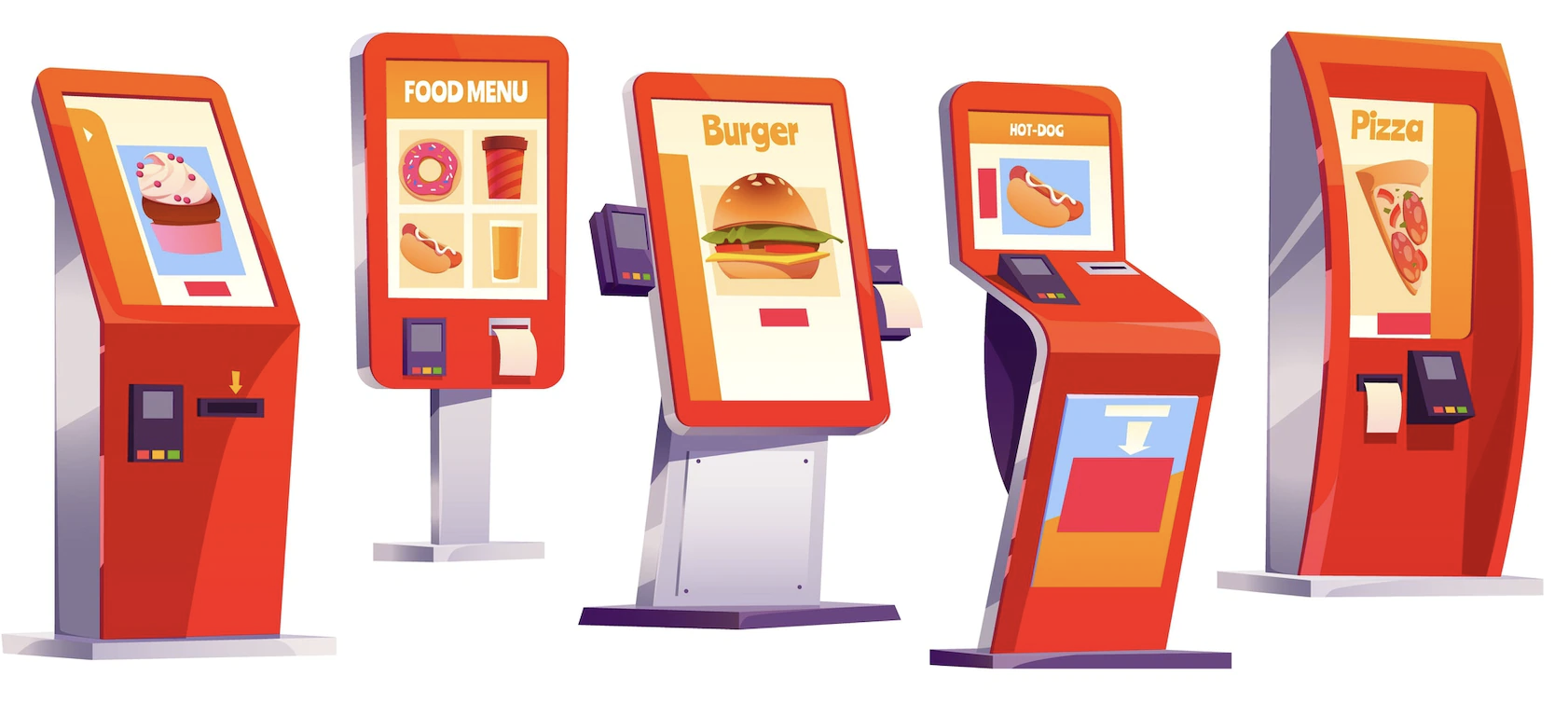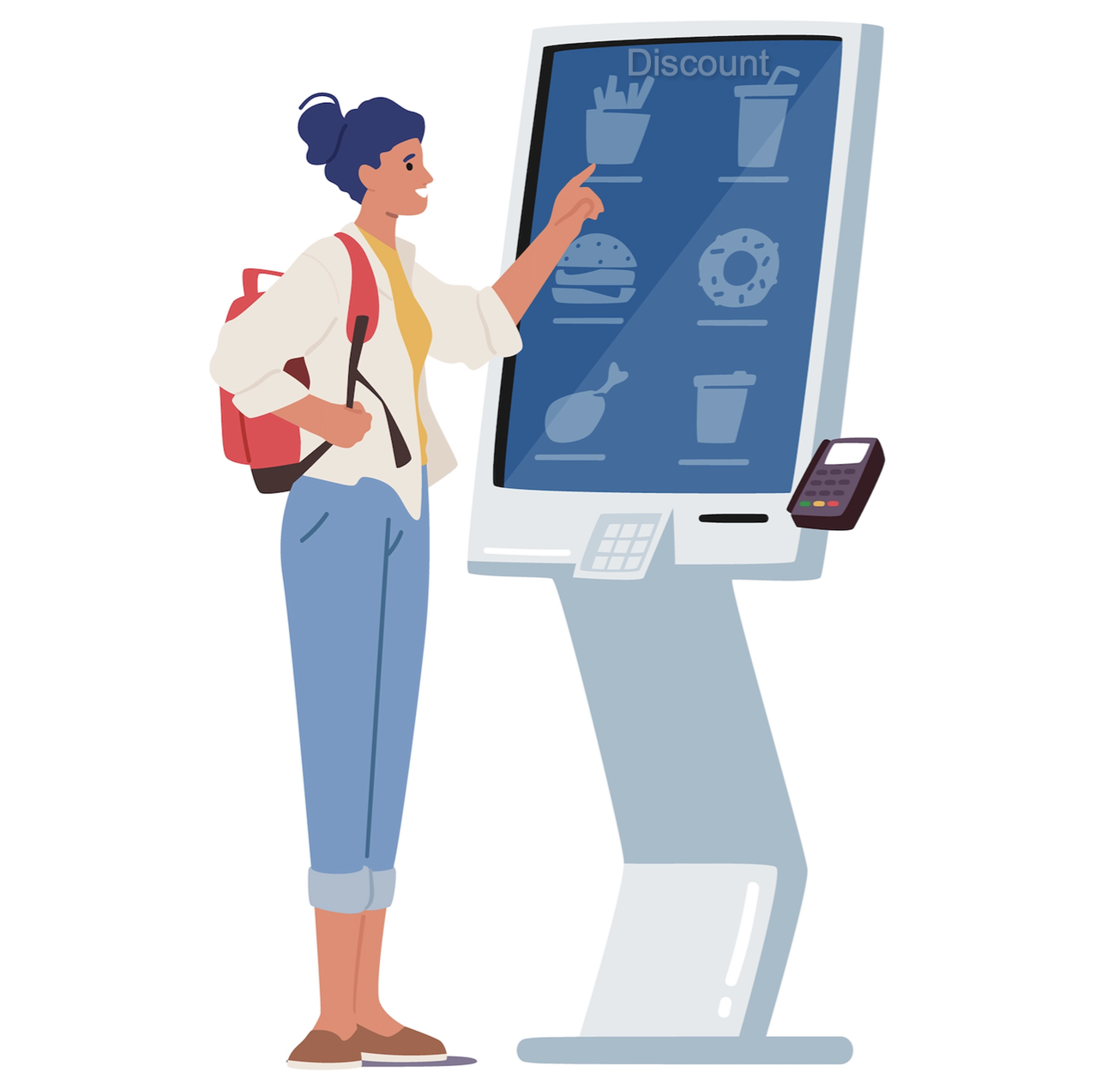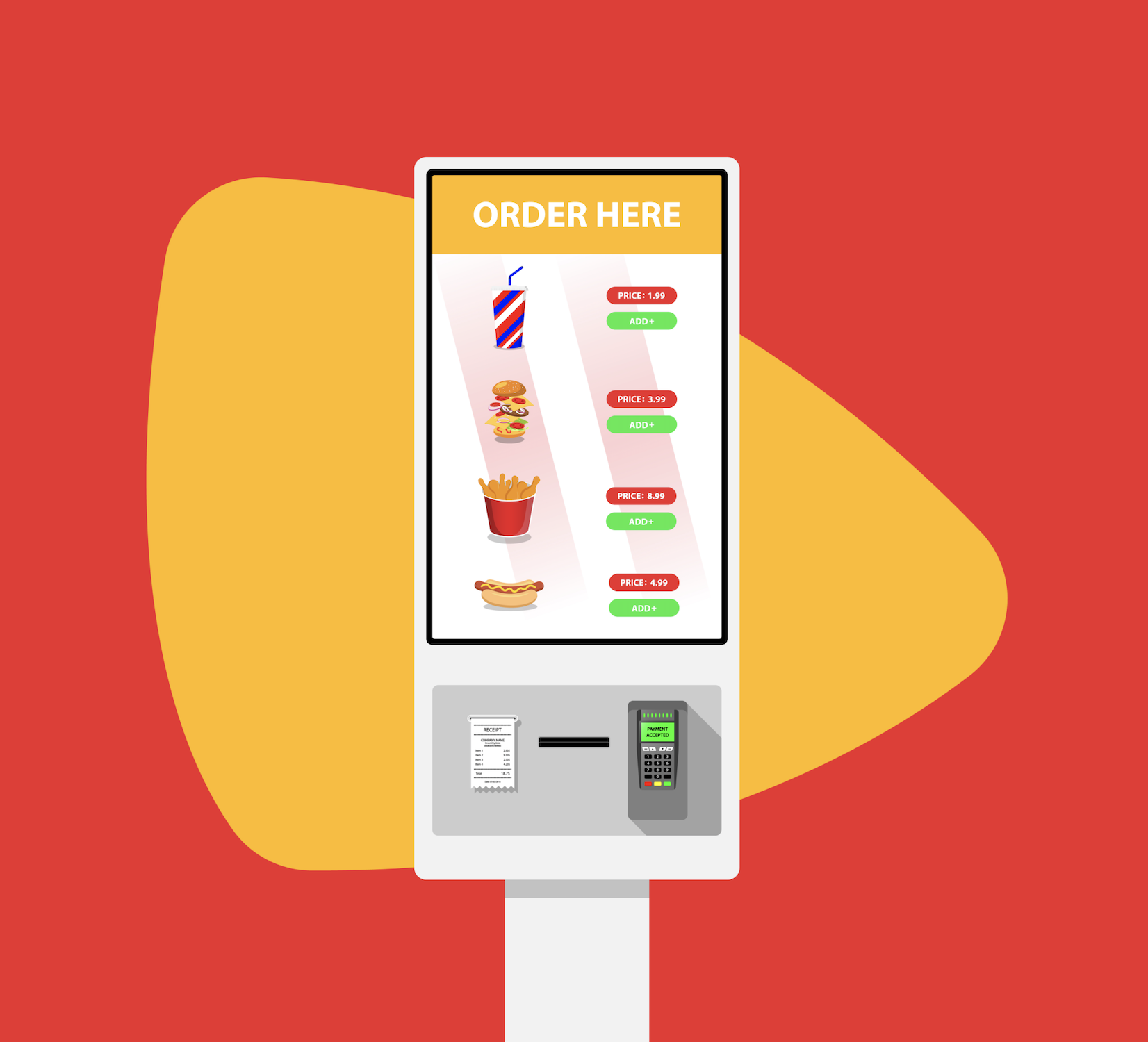10 Ways to Make Hongkongers Fall in Love with Self-Service Kiosks
Encouraging customers to use new tech can be a challenge. Here are 10 ways that restaurants can encourage customers to use Self-Service Kiosks

Contents
- Is Self-Service Tech Right for Your Restaurant
- 10 Great Ways to Encourage Your Customers to Give Self-Service Kiosks a Try
- 1. Promote the Benefits
- 2. Offer Incentives
- 3. Make it Easy to Use
- 4. Offer a Seamless Experience
- 5. Feedback and Improvement
- 6. Make it Visible
- 7. Offer Customization
- 8. Use Data to Personalize the Experience
- 9. Make it fun
- 10. Train staff to promote the systems
- Simple Implementation Strategies, Big Results
Implementing self-service kiosks can provide a wealth of benefits for restaurants in Hong Kong, including increased efficiency, reduced wait times and improved customer satisfaction. In a city where lunch breaks are brisk and people don’t have time to wait, we’re seeing more cases of self-service kiosks popping up even amongst big names in the city’s F&B industry. McDonald’s, for example, is one of the pioneers of self-service kiosks in Hong Kong, and the global franchise has seen great success in sales after implementing this new tech.
Is Self-Service Tech Right for Your Restaurant?
The following restaurant types, especially, will find that self-service kiosks can fit in perfectly with their workflows: quick-service restaurants, food courts, self-service restaurants and certain types of franchises and enterprises.
10 Great Ways to Encourage Your Customers to Give Self-Service Kiosks a Try
Encouraging customers to use this new tech can be a challenge, particularly for those who prefer traditional ordering methods. Here are 10 ways that restaurants can encourage customers to use digital ordering systems:
1. Promote the Benefits:
Highlighting the benefits of digital ordering systems, such as reduced wait times and increased convenience, can encourage Hong Kong customers to try them out. Restaurants can use marketing materials, social media and in-store signage to promote the benefits of these systems.

2. Offer Incentives:
Providing customers with incentives such as discounts or freebies when using self-service kiosks can encourage them to try them out. Restaurants can also offer loyalty points or rewards for customers who use these systems regularly.
3. Make it Easy to Use:
Self-Service Kiosks should be user-friendly and easy to navigate. Provide multiple languages (Cantonese, Mandarin and English) to cater to all sectors of the Hong Kong public. Restaurants can also provide clear instructions on how to use these systems, as well as offer assistance and support for customers who may need help.
4. Offer a Seamless Experience:
Self-Service Kiosks should be seamlessly integrated with the rest of the restaurant's operations, including the POS system, kitchen orders, and delivery or pickup options. This ensures a smooth and efficient ordering experience for customers, who will enjoy shorter waiting times and fewer instances of human error.
5. Feedback and Improvement:
Collecting feedback from customers who use Self-Service Kiosks can help restaurants make improvements and adjustments to the system. This can gradually lead to a better overall experience for customers and make them feel like there’s a focus on great customer service to these digital ordering systems.

6. Make it Visible:
Make sure that customers are aware that Self-Service Kiosks are available. This could involve displaying signs or posters in-store, adding information about the system to the restaurant's website or including it in the restaurant's social media posts. You could also take a simpler approach and place the kiosks right in the front of your restaurant where they’re unmissable.
7. Offer Customization:
Self-Service Kiosks can allow customers to customize their orders, which may be a big selling point. Given that Hong Kong is a very health-conscious city with citizens adopting a variety of dietary regimens, offering customization for orders is a must. Be it specifying certain modifiers (less sugar, more veggies, less salt, etc.) or selecting certain dietary requirements (vegetarian, vegan, gluten-free), restaurants can cater to locals’ needs feature and offer a super-personalized dining experience.
8. Use Data to Personalize the Experience:
By collecting data on customer orders and preferences, restaurants can use Self-Service Kiosks to provide personalized recommendations and offers. For example, a restaurant could suggest menu items based on a customer's previous orders, or offer a discount on a favorite dish. For best results, it would be best to link this feature to a loyalty system of some sort.

9. Make it fun:
Self-Service Kiosks can be gamified to make the experience more engaging and enjoyable for customers. For example, a restaurant could offer rewards for customers who complete certain tasks or achieve certain milestones, such as ordering a certain number of meals.
10. Train staff to promote the systems:
Staff can play a key role in promoting Self-Service Kiosks to customers. By training staff to explain the benefits of these systems and assist customers with using them, restaurants can encourage more people to give them a try – with a human touch.
Simple Implementation Strategies, Big Results
In conclusion, Hong Kong restaurants can encourage customers to use Self-Service Kiosks by making them visible, offering customization, using data to personalize the experience, making it fun, and training staff to promote the systems. By implementing these strategies, restaurants can provide a more convenient and efficient ordering experience for their customers and encourage them to embrace these new technologies.